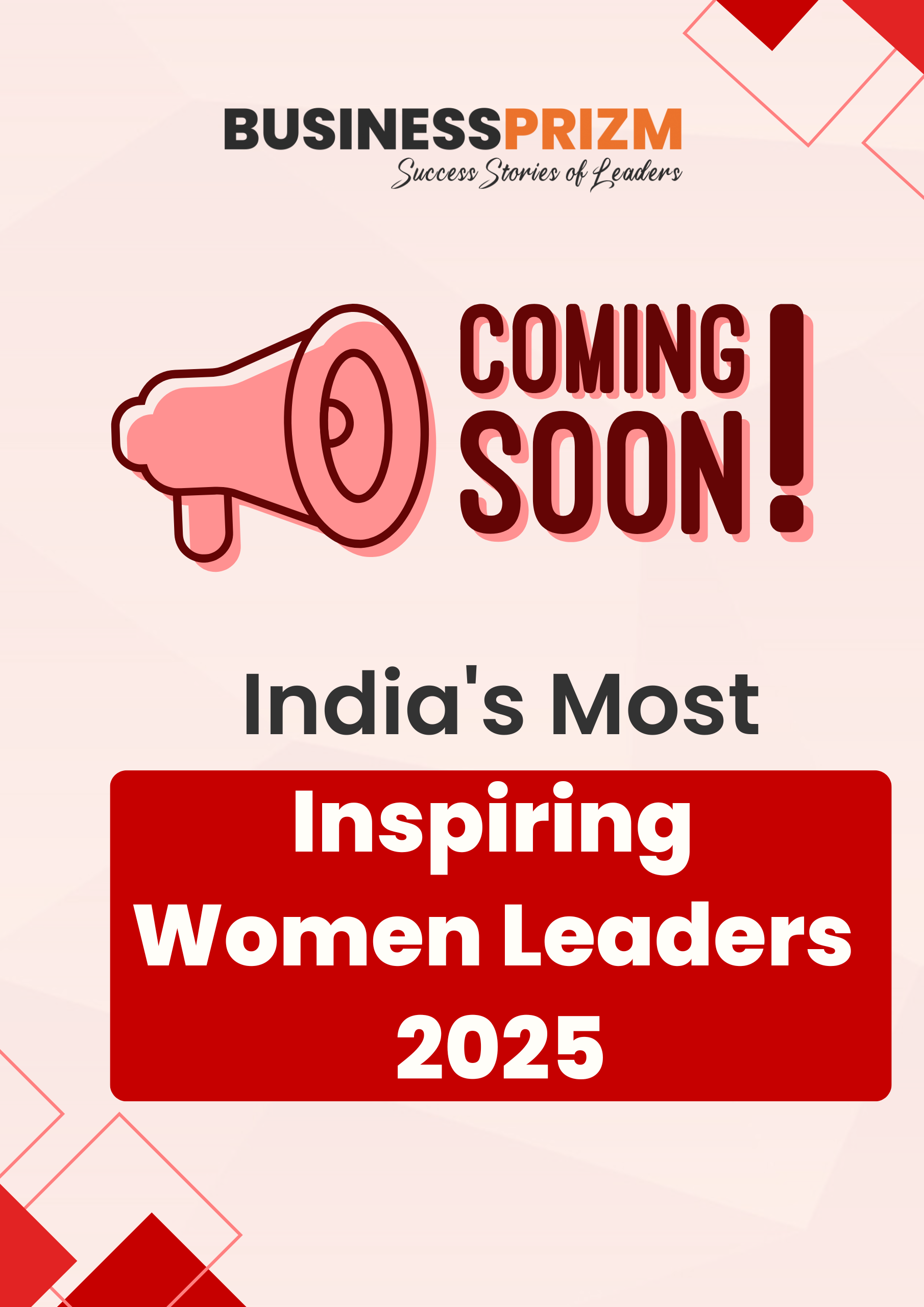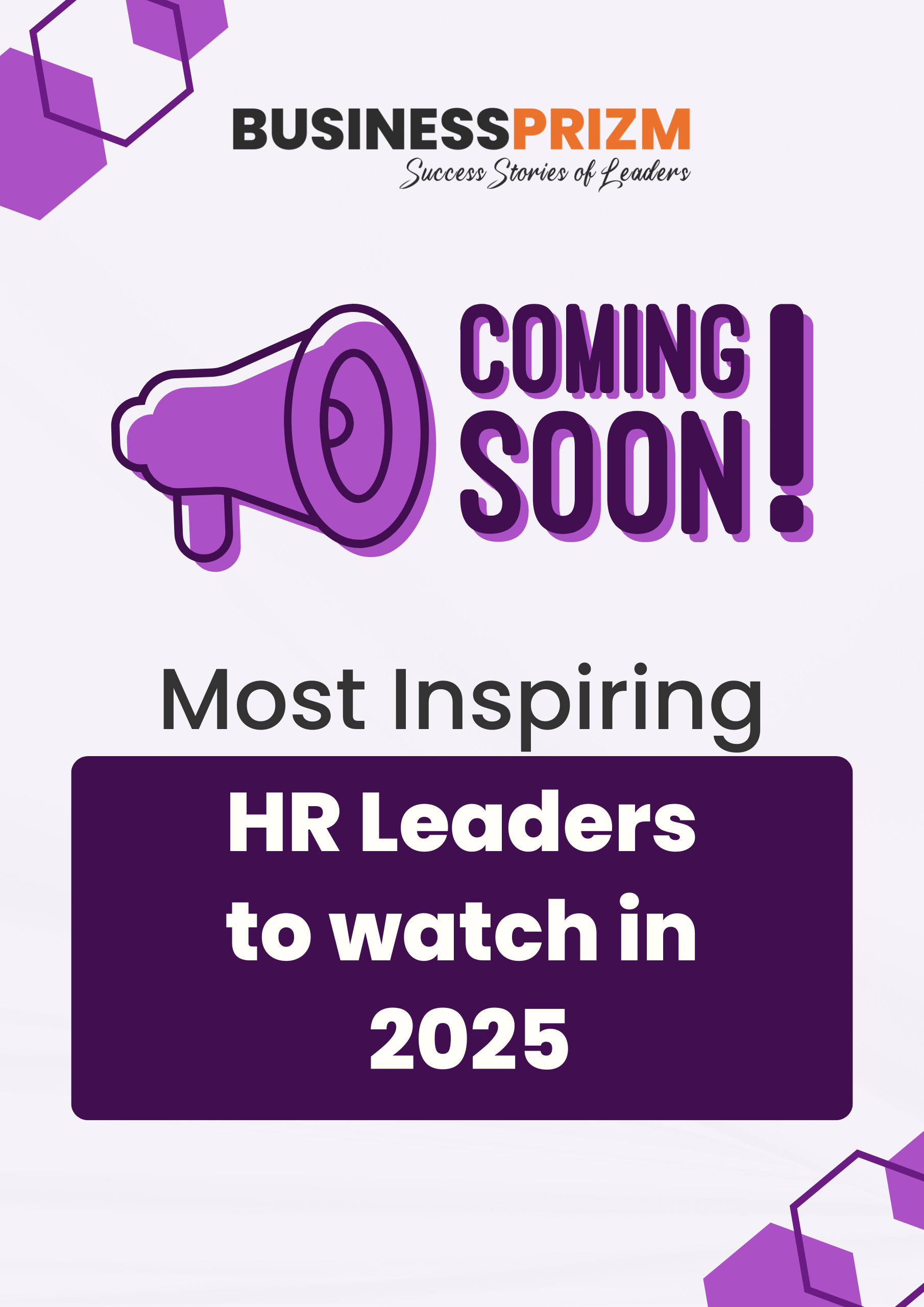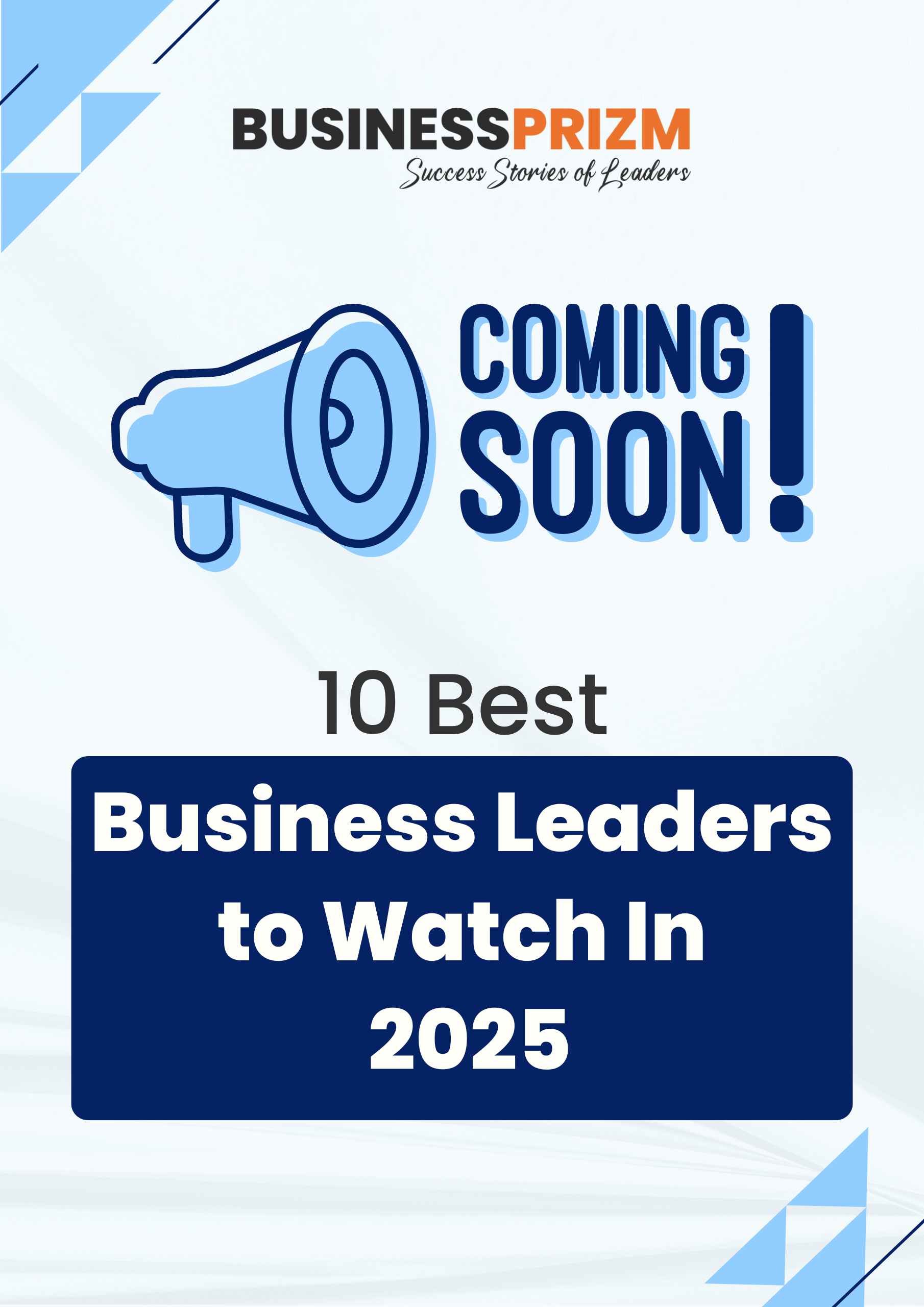Kartik Dhokaai, Vice President of Delivery at OneClick IT Consultancy Pvt Ltd, is a technology leader known for his forward-thinking approach and passion for leveraging innovation to drive business transformation. With a background in Computer Engineering and years of experience in the evolving tech landscape, Kartik has earned a reputation for blending practical problem-solving with visionary leadership. His journey from engineer to leader guiding large-scale projects highlights his commitment to excellence, adaptability, and strategic thinking. In this interview, Kartik shares insights into his career evolution, his approach to balancing innovation with practicality, and strategies to align organizational goals with advancing technologies. His passion for technology shines as he discusses challenges and opportunities posed by emerging trends like AI, ML, AR, VR, and IoT, both in industries and personal life. Kartik’s leadership style emphasizes resilience, continuous learning, and fostering a culture of innovation and growth in a constantly shifting landscape.
What inspired you to pursue a career in technology, and how has that passion evolved over time?
From the outset, I’ve always embraced challenges, and my decision to pursue a degree in Computer Engineering, despite the prevailing preference for Mechanical Engineering at the time, was a testament to that mindset. Over a decade and a half ago, this was a bold choice, as most were inclined toward more traditional paths. However, I backed my decision when others were dicey about my decision. After completing my degree, I faced the reality of the demanding nature of the tech industry. Initially, it was difficult to find fulfilment in the grind. However, I was fortunate to have a mentor—a strict manager—early in my career who recognized my potential and pushed me beyond my limits. Under his guidance, I quickly grew to compete at a level far beyond my years of experience. This period was transformative; it instilled in me a commitment to excellence and a determination to be the best in any endeavour I pursue. As my career progressed, my passion for technology and innovation deepened, I became more interested in the broader impact of technology—how it shapes industries, influences society, and drives innovation. Now, my focus is on how technology can be used strategically to enable transformation, whether in organizations or entire industries. The constant evolution of the field keeps me engaged, as there’s always something new to learn and a new challenge to tackle. Attending industry conferences and engaging with forward-thinking professionals exposed me to the rapid pace of change in our field. This ignited a sense of urgency in me—a fear of missing out on the latest developments. In response, I doubled down on my efforts, and somewhere along the way, what began as hard work became a genuine passion. I believe that passion and hard work are inseparable, each fuelling the other. I’m committed to fostering a culture of continuous improvement and innovation within my teams, ensuring we remain at the forefront of industry trends. Today, as a leader, I remain committed to staying at the forefront of industry trends. I do this by continuously learning, engaging with peers, and seeking out new opportunities for growth. I’m deeply grateful to all the organizations I’ve been a part of, as they’ve provided the platforms for me to learn, evolve, and drive innovation. My journey underscores the importance of resilience, adaptability, and an unwavering commitment to excellence—qualities I strive to instil in my teams every day.
How do you balance innovation with practicality when implementing new technologies in your business?
When we consider innovation, two critical areas stand out: technology transformation and business transformation i.e. enhancing value through advanced solutions like machine learning. For instance, when contemplating a transition from Node.js to Go-Lang, it’s essential to first assess the strategic rationale and the potential business benefits. We then evaluate the associated costs, the effort required, and the time needed for our team to develop the necessary expertise. Additionally, we must consider, if we have deep pockets to invest in innovation, particularly when the ROI may not be immediate. Similarly, when integrating machine learning into a product, we must determine whether it will genuinely enhance customer value, the required investment, and the anticipated ROI timeline. One key strategy we employ is recognizing and rewarding team members who go the extra mile, often through monetary incentives to keep them motivated, though it’s a practical approach as we all want good life for us and our family that is directly proportional to numbers somewhere. While this isn’t our sole approach to driving innovation, it’s a strategic element that requires careful management and experimentation until we achieve success.
Could you elaborate on your strategy for aligning long-term organizational goals with the dynamic nature of technological advancements?
As a business leader, aligning long-term organizational goals with the ever-evolving landscape of technology is crucial. We start by establishing a clear vision that integrates innovation and adaptability at its core. Apart from vision, by continuously monitoring technological trends and utilizing Agile methodologies by implementing the framework from Scrum to SAFe as need of the project, we remain flexible in our approach and adjust short-term objectives as needed. We foster an intrapreneurial culture, encouraging employee to put themselves in customers shoes and end customers that help them to think like Entrepreneurs. If I put in another words, we ask team members to stop thinking as a Project and rather pursue that as a Product. We achieve this by investing in continuous learning and backing them in their decisions by little inspection that help us to stay ahead in the game. To ensure we are productive rather than reactive to technological changes, we conduct regular reviews and a balanced innovation portfolio ensure. Most importantly, leadership commitment to this alignment is essential. It is through consistent leadership focus that we achieve sustained growth while navigating the complexities of technological advancements.
What has been your biggest challenge in leading large-scale projects, and how did you overcome it?
As Vice President – Delivery, large-scale projects come with a series of ongoing challenges, and our role is to ensure we don’t encounter the same issues repeatedly across different initiatives. One of the primary challenges is ensuring that our distributed teams—spread across various regions—understand and adhere to established processes. Additionally, team consistency is difficult to maintain, as we face turnover at some intervals ~3 years. So taking that in equation finding the right talent and ensuring seamless onboarding, while aligning new members with the project’s vision, is a critical challenge. Another major hurdle is managing the cost and scalability of infrastructure, particularly when leveraging cloud platforms like AWS or GCP. These can quickly become expensive in large-scale projects, so optimizing usage is essential. Furthermore, security and compliance need to be consistently monitored and reinforced to protect data and ensure regulatory adherence. To tackle these challenges, we have implemented SOPs across all business verticals and established rigorous reporting structures. From the cloud platform standpoint, we monitor cloud platform at regular intervals, monitor the cost, try to utilise the auto scaling platforms of the clouds and adhere to cloud governance to get maximum benefit out of it. Monthly and quarterly reports are shared with all stakeholders to track progress and address potential risks. We also conduct skip- level meetings and gather feedback through CSAT surveys to ensure continuous improvement. By simplifying processes and ensuring team alignment, we can successfully navigate these challenges and deliver high-quality results.
How do you see new technologies impacting not only industries but also personal lives in the near future?
As a thought leader in the IT industry, I see new technologies such as AI, ML, AR, VR and IoT profoundly reshaping both industries and personal lives in the near future. As being a leader into IT industry AI and ML is a buzz word these days and probably hearing around more than 100+ times in a day. Taking those things into equation, from the industrial side, AI, blockchain, and IoT are driving an era of intelligent automation, improving efficiency, innovation, and decision-making. Currently, healthcare industry is being transformed with AI-powered diagnostics and personalized treatments, while smart factories in manufacturing are reducing costs and optimizing supply chains. Other than Health care industry, there are lot of development happening in AI into different domains such as Travel Tech, Retail, Manufacturing and many more starting from personalisation, popularization, shopping experience, price anticipation and many other use cases are being executed in ML. From a personal standpoint, these technologies are becoming more embedded in everyday life. AI-driven virtual assistants and smart home ecosystems are simplifying daily routines, and wearables are empowering individuals to proactively manage their health. The digital workspace, accelerated by remote work solutions, is creating a more flexible and balanced professional environment, but these things comes with the cost of data privacy, security and more important competent workforce. Emerging technologies like AR and VR will revolutionize how we learn, connect, and experience the world. However, as these technologies advance, challenges around data privacy, security, and workforce adaptation will require careful attention to ensure we harness their full potential for societal and industrial benefit.










